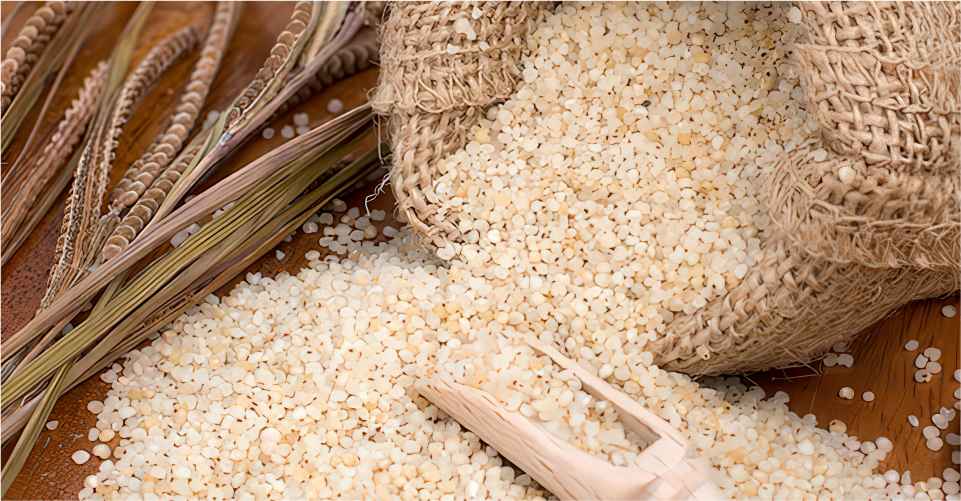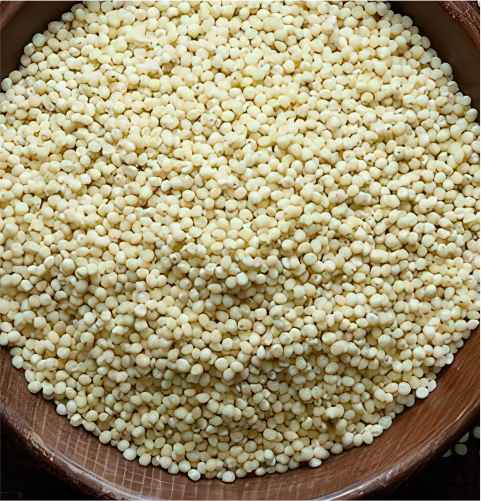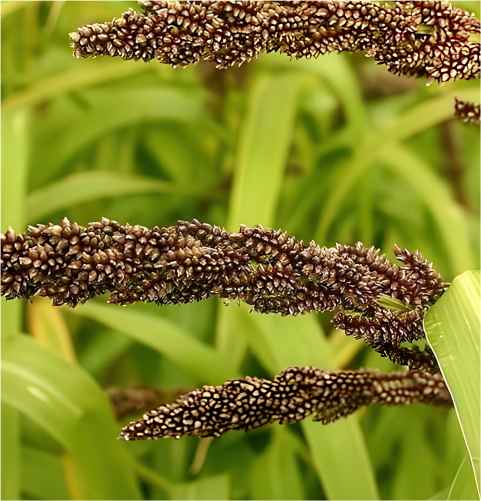


Choose Barnyard Millet from AhaaMAG Private Limited for a nutritious, sustainable, and contaminant-free grain. We source directly from dedicated farmers who follow eco-friendly, chemical-free farming practices, ensuring our millet is free from harmful pesticides and additives. Rich in fiber, protein, and essential minerals, barnyard millet is a perfect choice for health-conscious consumers seeking a wholesome, versatile ingredient. Our direct partnerships with farmers guarantee full traceability and fair trade, supporting local communities while promoting environmental sustainability. Carefully harvested and processed, AhaaMAG’s Barnyard Millet delivers exceptional quality and nutritional benefits, making it an ideal addition to any diet.
Now!
Specifications
| Color | Plant Part | Dried / Fresh | Available Forms |
|---|---|---|---|
| White | Grain seed | Dried | Whole |
Nomenclature
- Scientific Name: Echinochloa frumentacea
- Family: Poaceae (Grass family)
- Other Common Names:
- Hindi: Sanwa, Shama
- Tamil: Kuthiraivali
- Telugu: Udalu
- Kannada: Oodalu
- Malayalam: Kavadapullu
- Marathi: Shamul
Description:
Barnyard Millet (scientific name: Echinochloa frumentacea) is a small-seeded cereal grain commonly grown in India and parts of East Asia. It is a hardy, fast-growing crop that thrives in both dry and wet conditions, making it ideal for marginal lands. Known for its high fiber, low glycemic index, and rich content of iron and calcium, barnyard millet is often used as a rice substitute, especially during fasting in India. It cooks quickly and is valued for its health benefits and easy digestibility.
Properties:
- Nutritional Profile: Rich in dietary fiber, iron, calcium, and B-complex vitamins. Low glycemic index – beneficial for diabetics. Gluten-free – suitable for gluten-intolerant individuals.
- Agronomic Traits: Short duration crop – matures in 45–60 days. Drought-resistant and can thrive in marginal soils. Minimal water and input requirements, making it ideal for sustainable farming.
Detailed Uses:
- Culinary: Consumed as a rice substitute during fasting in India. Used in porridge, upma, khichdi, and baked products.
- Fodder: The plant residue is used as green fodder for cattle.
- Traditional Medicine: Believed to aid in treating digestive issues, diabetes, and cardiovascular problems.
